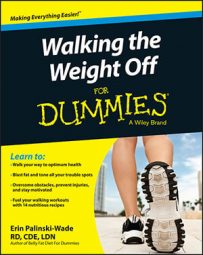Research has shown time and time again that walking can have a dramatic impact on your overall health. One study revealed that for those already suffering from insulin resistance, just getting up and moving by walking reduced the odds of developing type 2 diabetes by as much as 58 percent!
Inactivity is one of the leading causes of insulin resistance, which is a condition in which a person’s body has a diminished response to the hormone insulin. This hormone is what the body uses to regulate glucose (sugar) in the body. When your body’s cells become resistant to insulin, they don’t allow it to carry glucose into your cells for energy. This resistance results in your body producing increased quantities of insulin as well as rising levels of glucose in the bloodstream.
Insulin resistance raises the risk of many diseases, including heart disease, diabetes, Alzheimer’s disease, and even certain cancers. Between 60 and 70 million Americans have some level of insulin resistance, including one in every two adults over the age of 65, putting them well on their way to joining the 23.6 million Americans who already have diabetes. But just as with heart disease, insulin resistance and diabetes can be prevented and managed by simply walking.
Research at the University of Michigan found that when sedentary adults started walking one hour per day, they were able to increase insulin sensitivity (the cells’ ability to accept insulin) by as much as 59 percent. In addition, walking can help you reduce body weight and shed belly fat, both of which, when elevated, are risk factors for type 2 diabetes.

